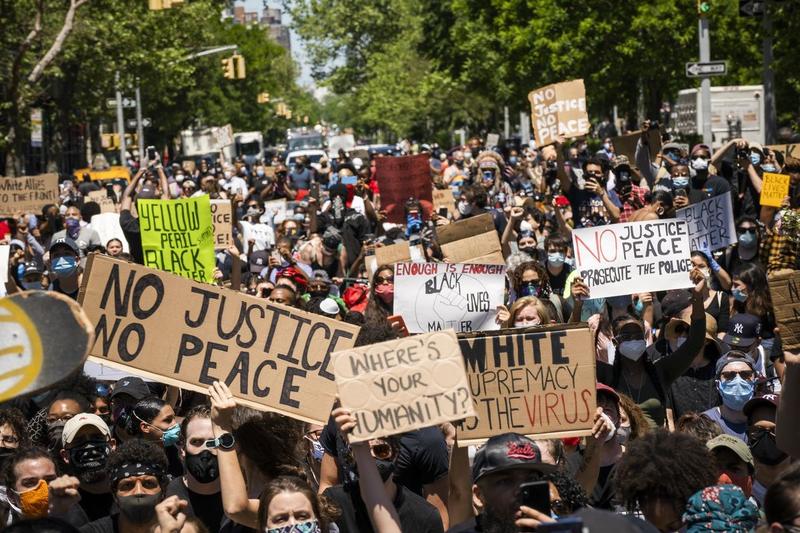Tsechu Dolma is a current 2019-20 Skoll Scholar on the Oxford MBA. In this blog, Tsechu reflects on the last three months of the current situation. Sharing her lived experience growing up and how COVID-19 has exposed an already existing pandemic – systemic racial injustice.
My homecoming has been beleaguered with grief, anger, heartbreak, angst, exhaustion, and hope.
Ten weeks ago, as in-person classes suspended, borders shut down, and toilet paper ran out, I scurried out of Oxford and sought my mother’s warm embrace in Queens, New York. Little did I know then that I was stepping into one of the hardest-hit communities in the world, and the COVID-19 pandemic was exacerbating already existing pandemics.
This pandemic has exposed stark disparities in my beloved city as minorities are more likely to lose their job and die due to systemic racial inequality. Many states are reopening, and we are still seeing low-income areas and communities of color being hit the hardest in transmission rates. Death has been imminent, and disease prevalent in my neighborhood; we are the city’s working-class borough of immigrants. We all ended up here because we were escaping civil war, religious persecution, Jim Crow South, among others, and building our ethnic enclaves for security and economic mobility. Everything has felt so out of our control in the last three months.
My community and inner cities across the country are burning today, protesting the use of excessive force with perceived impunity on people of color by police officers nationwide; George Floyd, Breonna Taylor, Ahmaud Arbery, these are just recent names added to a list of countless horrifying racist killings. I have been participating in the peaceful Black Lives Matter protests, and I have never once felt in danger or seen violence in these demonstrations. However, being a brown girl growing up in post-9/11 New York on refugee status, I have always been afraid of law enforcement. Every morning, starting in sixth grade, my classmates and I would line up for an hour waiting to pass through the metal detectors to get to classes. We had a police officer for every thirty students. What does this do to black and brown children’s psyche when you have armed police in your cafeteria, classrooms, and playground? We had very little margin of error. More of my classmates ended up in the prison system than in four-year colleges.

Colonization, white supremacy has been around for centuries. Today, I am emboldened by demonstrations around the world. We need to sustain this movement with staying power to reimagine systemic and structural racial justice work radically. Currently, most of the funding does not go into black and brown communities. Every $1 a white-led organization raises, a black-led organization will raise only $0.24.
I leave you with this quote from Howard Thurman, Black-American educator, and civil rights activist,
“All around us worlds are dying and new worlds are being born; all around us life is dying and life is being born; It is the extra breath from the exhausted lung, the one more thing to try when all else has failed, the upward reach of life when weariness closes in upon all endeavor. This is the basis of hope in moments of despair, the incentive to carry on when times are out of joint, and men have lost their reason, the source of confidence when worlds crash and dreams whiten into ash. The birth of a child — life’s most dramatic answer to death — this is the growing edge incarnate. Look well to the growing edge!”.
As our MBA program is coming to an end from a distance, and we step into our business and management leadership positions, I encourage my classmates to look well to the growing edge and be better allies. I will be using my Skoll Scholarship to fight racial injustice in the American inner-cities. We all have to do this work collectively. We need to prioritize supporting leaders with lived experience, leadership, and communities of Black people.